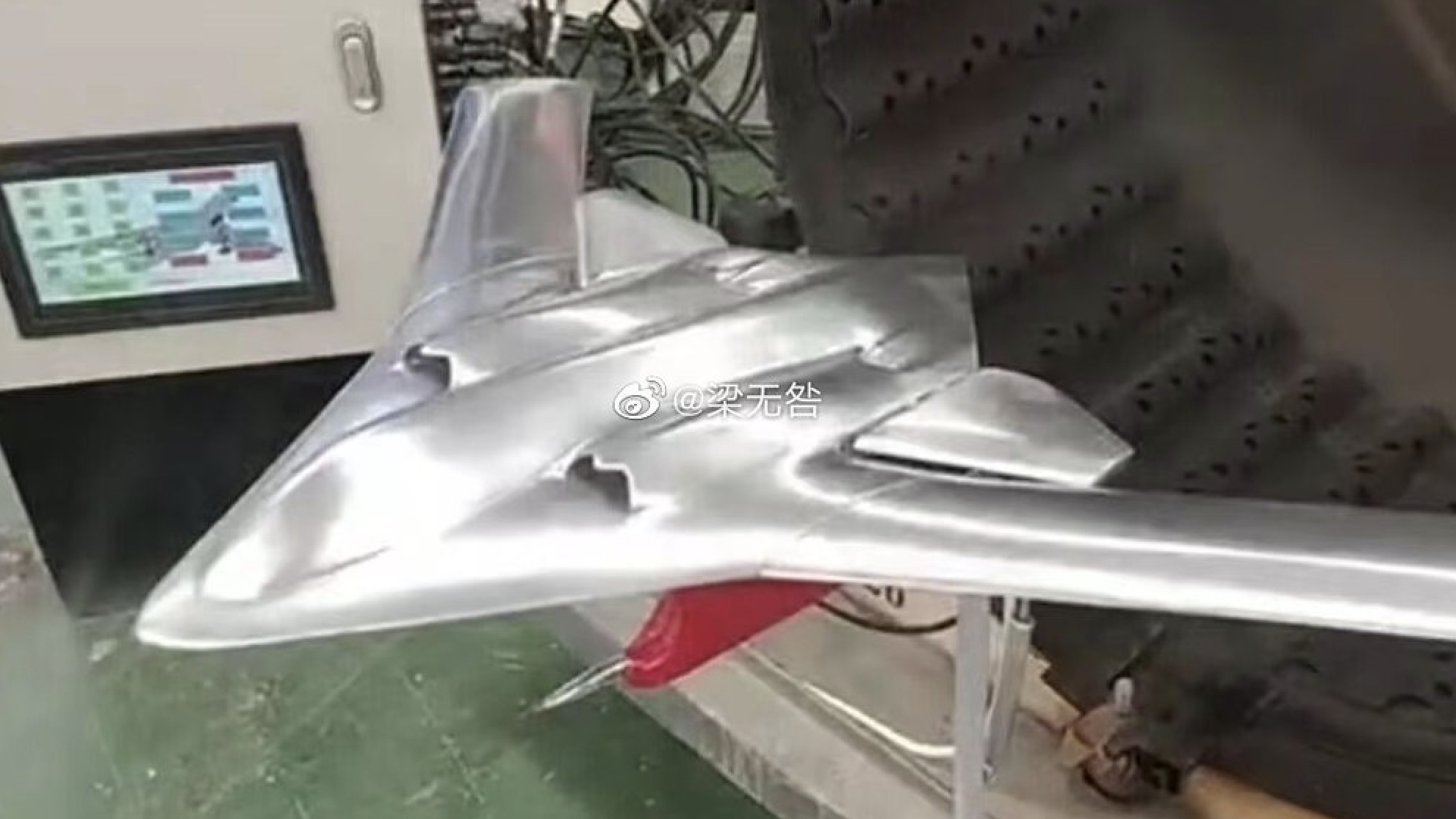The saga of China’s H-20 next-generation bomber may have taken a very interesting new turn, with the appearance of at least two models showing a new aircraft design, or at least a concept, that seems to have strong similarities to how the H-20 is expected to look. That last point is crucial, since we have not, so far, seen any official renderings of the H-20 beyond depictions that are highly obscured, and which may not actually bear much of a relationship to the final design. However, with recent hints of an imminent first flight dropped by China’s state-run media, there seems to be momentum gathering behind the long-awaited bomber, suggesting its official unveiling — or a state-approved leaking — may not be far off.
Imagery that recently appeared on social media shows an apparently metallic wind-tunnel test model, a kind of developmental aid that is used primarily to test the aerodynamic qualities of future aircraft designs. So far, it seems that three screen captures have become available, although the original video, which appears to show the model in a functioning small-scale wind tunnel, has not appeared so far.
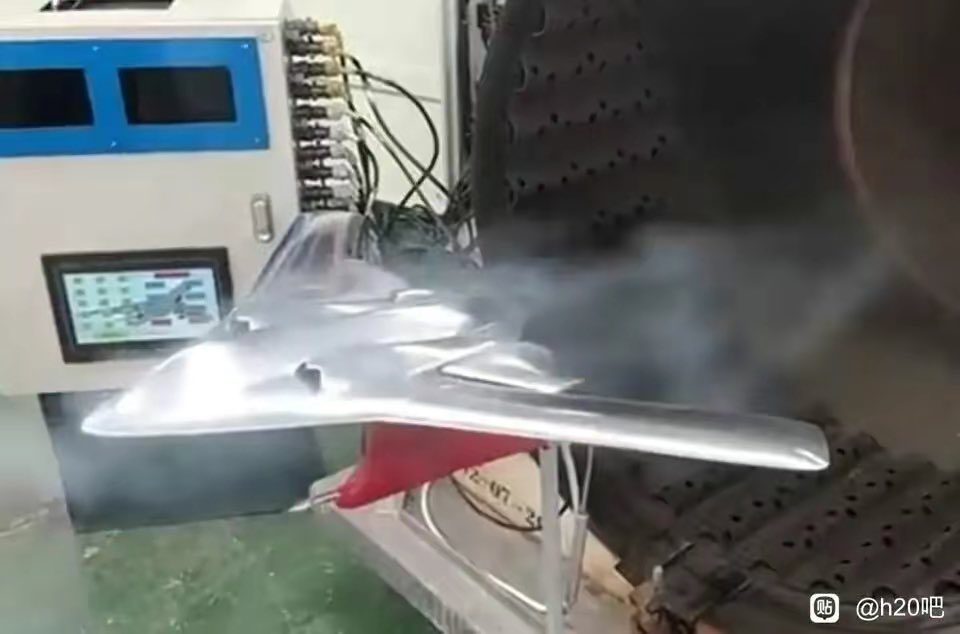
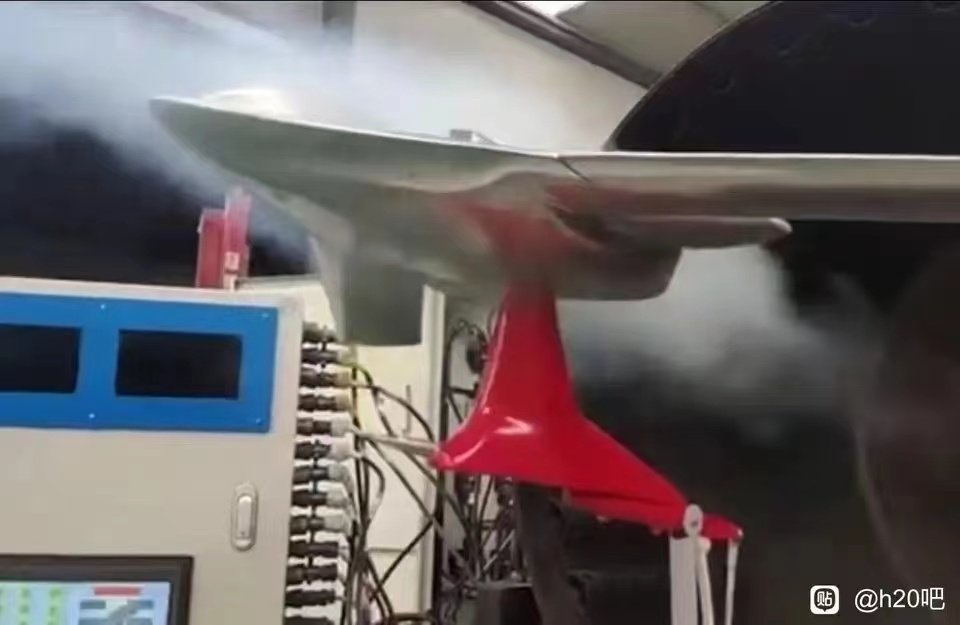
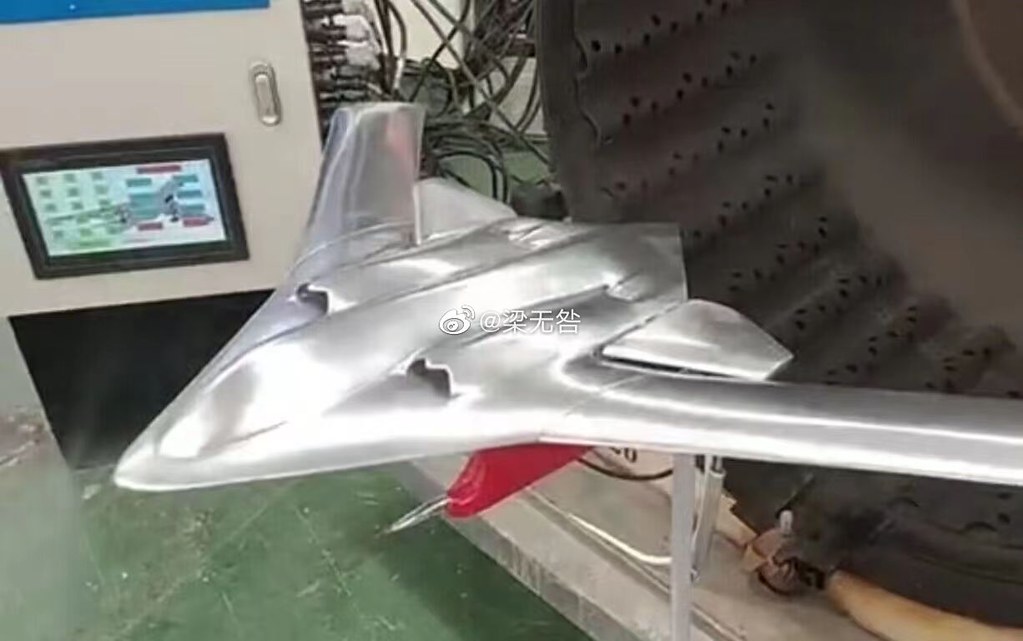
There is also a white-colored desktop-like model, seen in a video clip in which it’s being unveiled by two apparent ‘pilots’ — one in civilian and the other in military uniform. The event shown taking place seems to be connected to the state-run Aviation Industry Corporation of China (AVIC), whose logo appears behind the model, together with the English-language sign reading “ML Aviation.”
The original source of this video is currently unknown, but it may be connected to a company named ML Aviation that purportedly produces simulators.
Meanwhile, AVIC was responsible for a previous teaser video, back in 2018, which showed a computer-generated flying-wing style aircraft under a sheet with the text “The Next…” in English. Among others, AVIC is responsible for the Xi’an Aircraft Industrial Corporation, or XAC, which is widely understood to be the prime contractor responsible for the H-20.
Another, more curious still image of the same white-colored model shows it mounted atop a Y-20 transport aircraft, although again the original source is unclear. The relative sizes of the two models make it clear that the apparent H-20 is built to a different scale. Perhaps it is intended to represent a scale model carried in a piggyback arrangement for some kind of aerodynamic trials. Alternatively, it may simply be a case of two different models in different scales.
What is perhaps most interesting, however, is how similar the two new models look compared to previous unofficial renderings of the bomber, while at the same time reflecting design features that have been mentioned in official papers and studies. Below are two unofficial depictions of a possible H-20 configuration that both share much in common with the recent models.
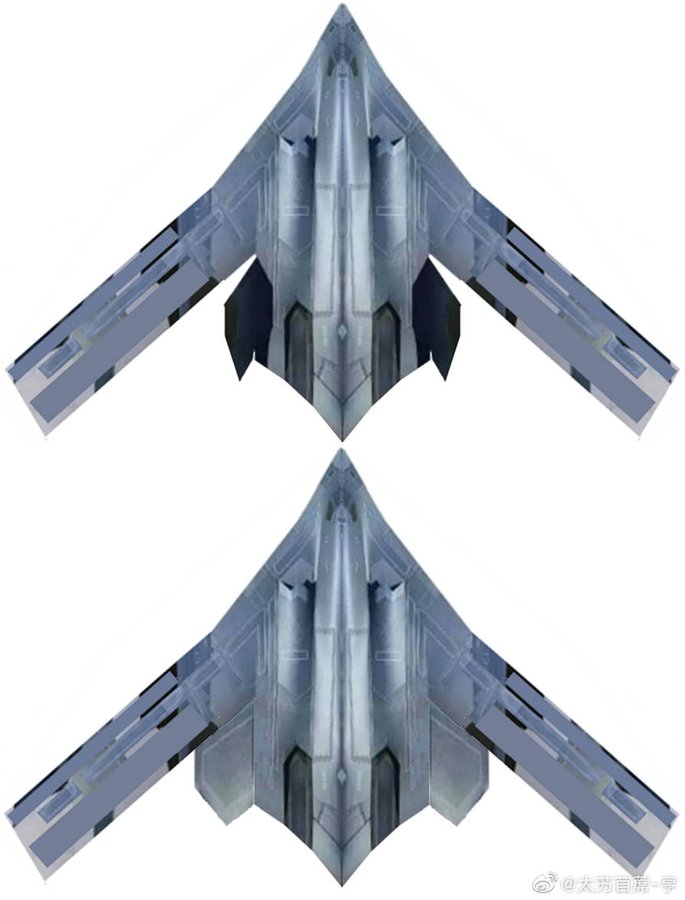
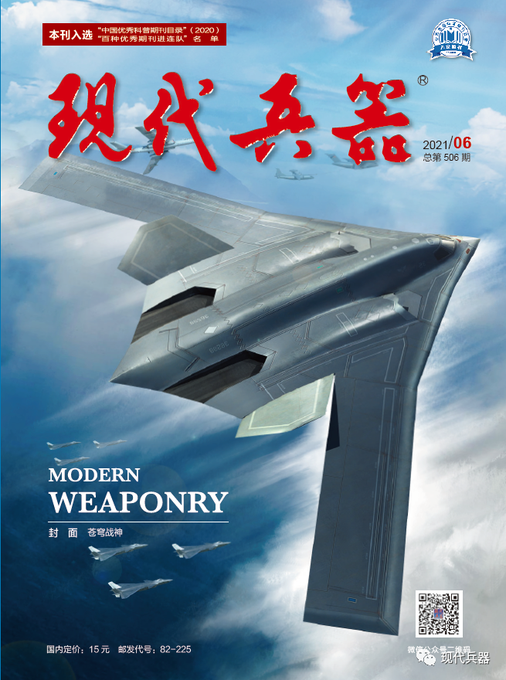
On the other hand, it is certainly worth keeping a degree of skepticism in mind. Not only does China have a long track record of presenting concepts that don’t necessarily relate directly to the finished products, if they ever appear, but the degree of secrecy that surrounds the H-20, in particular, could make it a particular target for disinformation, either state-sanctioned or unofficial.
The War Zone spoke to Andreas Rupprecht, a Chinese military aviation expert who was among the first to share the imagery of the models on social media.
Rupprecht told us he thinks the models have at least some relationship to official design studies being undertaken in relation to the H-20, although it is also worth noting that there will likely have been multiple different studies leading to the final bomber, and this reflects just one — and perhaps even one that was rejected. Indeed, there is evidence to suggest that both subsonic flying-wing and supersonic delta-wing configurations were considered for the H-20, with the former apparently winning through.

“Even if this doesn’t really shows the definitive configuration, my feelings tell me, we are onto something most interesting,” Rupprecht said. He also pointed to a precedent here, in that an image showing a wind-tunnel model of the J-20 stealth fighter was released years before we got to see its final configuration. In this case, the J-20 looked “exactly” like the model. “I won’t be surprised if this is indeed the H-20, or at least an early test model,” Rupprecht added.
It is worth noting that earlier imagery has appeared showing a very different wind-tunnel test article, and one that apparently was a close copy of the U.S. Air Force’s B-2 Spirit stealth bomber. While there was some speculation at the time that this depicted the H-20, it may well have been a model designed to test the qualities of the American aircraft instead, and especially to gain a better understanding of its stealth shaping.
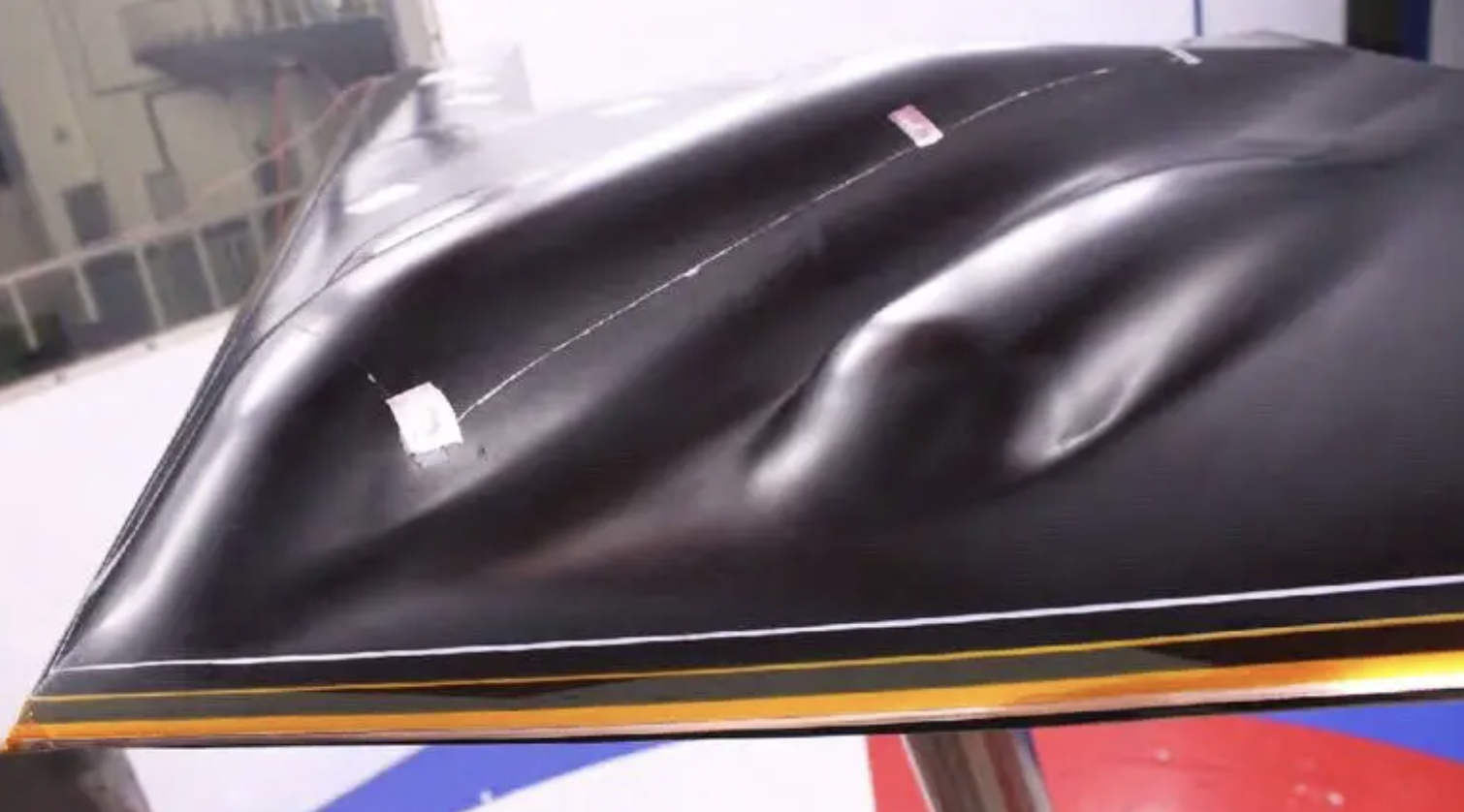
As for these latest models, the aircraft depicted is something of a hybrid flying-wing/blended-body design coupled with a sharply angled nose and pronounced cranked wing. In fact, it is broadly similar to the planform seen in a recent Russian patent that may have a strong relationship with that country’s forthcoming Tupolev PAK DA bomber.
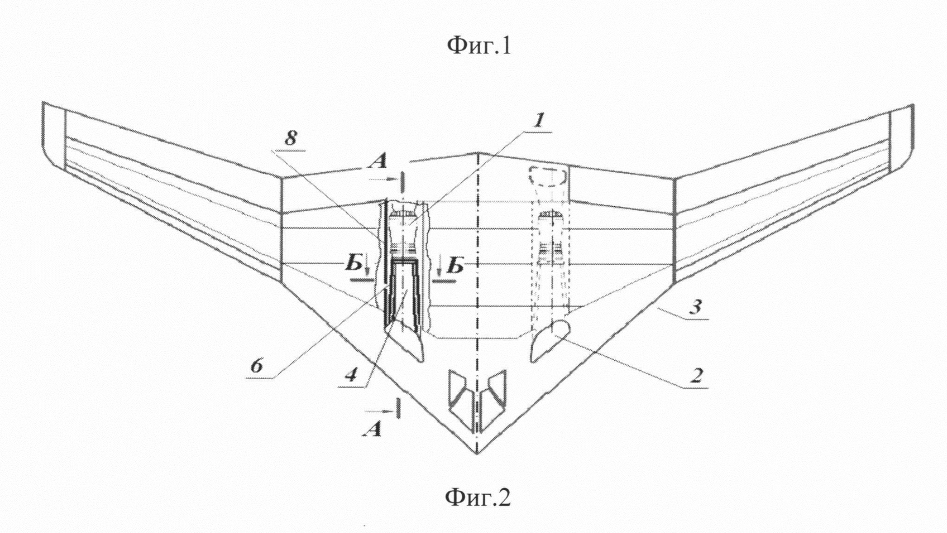
Like the Russian patent, the new Chinese models feature narrower outboard sections of the wings reminiscent in some ways of ‘cranked-kite’ layouts as found in the X-47B and the Russian S-70 Okhotnik drones.
While there have, in the past, been exchanges between aerospace design offices in China and in Russia, including in the early development of the Z-10 attack helicopter, but there is no evidence of any kind of collaboration between the two countries on their future bomber projects.
Also, and in contrast to the twin-engine Russian PAK DA, the Chinese models at least appear to indicate a four-engine powerplant concept, as had been expected. Clearly, the engines are fed by intakes on the upper surfaces of the wing/body, on either side, that appear very similar to those used on the B-2 stealth bomber, even down to the ‘serrated’ upper lip. The engine exhausts, too, look broadly similar to those found on the B-2, meaning they would be inherently well-suited for suppressing the infrared signature.
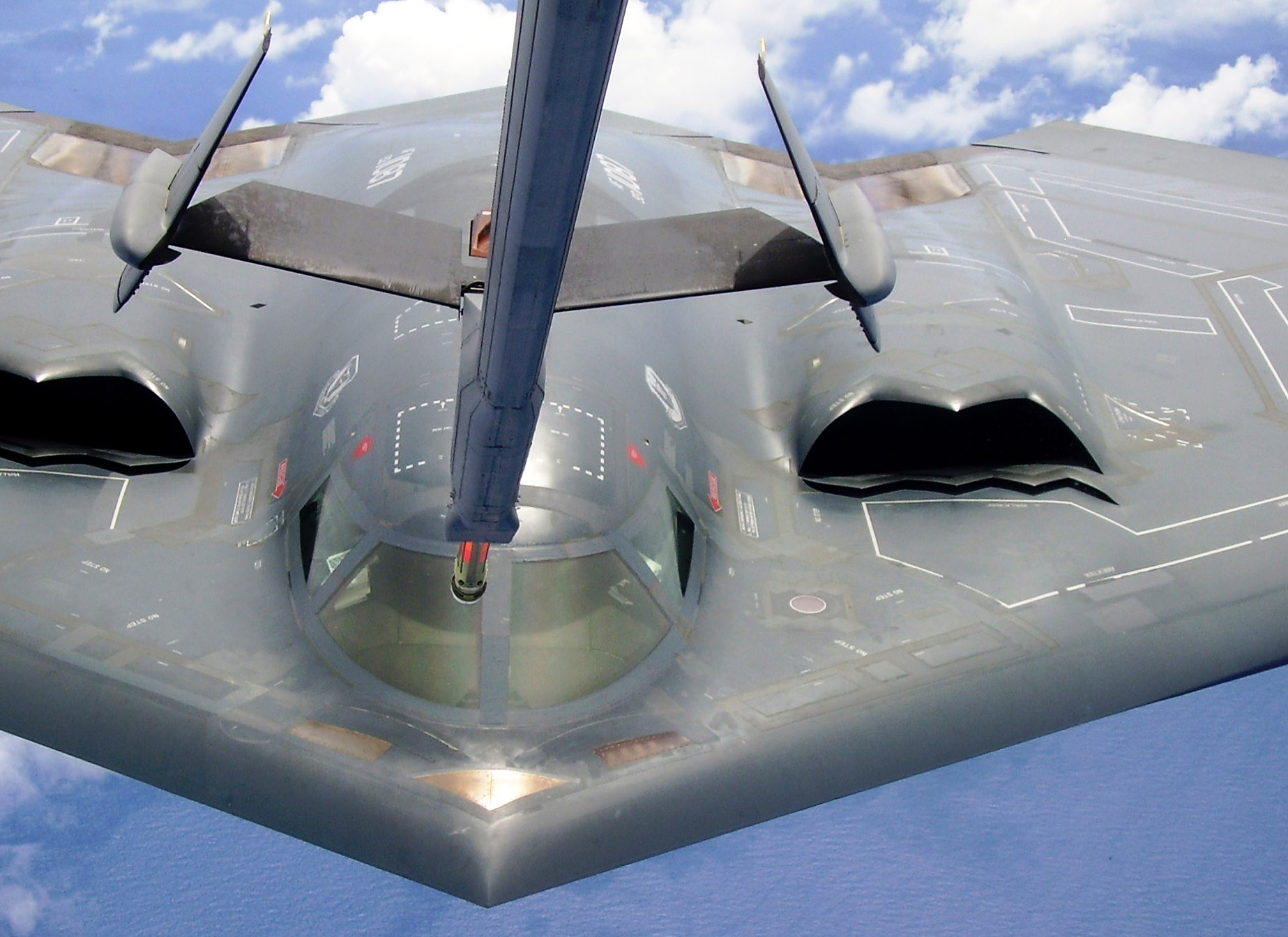
What is entirely unusual in the model, however, is the trailing edge of the wing, which seems to show some kind of folding vertical tail surfaces. In some of the new images, the models are seen with the twin tail surfaces folded down, to lie flat with the wing, while in others they are raised, creating V-type tailerons like those found on the YF-23. This is a feature about which there has also been significant speculation, although it’s highly probable the fins are intended to provide stability, which has long been a challenge of building large flying wing designs. The tails would therefore be deployed at slower speeds, and while maneuvering to help maintain directional stability.
Rupprecht confirmed that “we have, for some time, had several hints, including in academic papers, that some sort of foldable fins might be incorporated.”
We know that it’s very likely that models, at least, apparently including full-size ones, have already been shown to Chinese officials. In October last year, for example, an image was posted to the Weibo microblogging website that referred to the handover of a mock-up of a “special type” of aircraft. The fact that the photo included the CEO and the chief designer from XAC suggests strongly that the mock-up in question was of the H-20. There were also unconfirmed reports from July last year suggesting that a mock-up had indeed been completed.
Otherwise, those waiting patiently for imagery of the H-20 have had to make do with brief video teasers that may or may not be grounded in reality. As well as the aforementioned AVIC video, in January 2021, an official rendering of the new bomber appeared in a People’s Liberation Army Air Force, or PLAAF, recruitment video. The computer-generated aircraft was obscured by a tarpaulin or sheet but nevertheless, it had a clear resemblance to the U.S. Air Force’s current B-2 and future B-21 Raider stealth bombers.

If reports from the Communist Party-affiliated media in China about an imminent first flight of an H-20 prototype prove to be correct, then it would not be entirely surprising for some related imagery to be leaked at this stage — especially given the precedent with the J-20.
Chinese media reports in general are now speaking more openly about the H-20, although it’s still referred to euphemistically, as a project of “strategic, historic significance” or a “strategic project.”
Confusing matters somewhat are U.S. intelligence assessments indicating that China has two new low-observable bombers in the works. As well as strategic H-20, these reports also talk of a medium-size/medium-range regional bomber. The latter, however, has been reported as likely being a smaller twin-engine type, which would seem to rule out a direct relationship to these new models, which are suggestive of larger designs.
At this stage, it’s simply too early to say for certain whether or not the models genuinely reflect the appearance of the H-20, but it does appear that the program is, ever so gradually, emerging from behind its cloak of secrecy.
Update, August 23: A portion of the video from which the wind-tunnel model images of the possible H-20 design were extracted has now appeared on social media.
According to Andreas Rupprecht, the banner seen in the background of the video can be translated as “celebrating the successful development of FADS wind-tunnel test model for a certain aircraft.” In this context, FADS may well refer to flush air data sensing, the process of using conformal sensors around the surface of the aircraft to gather data, to calculate its speed, angle of attack, and so on. The use of the “certain aircraft” descriptor does seem to recall earlier, euphemistic mentions of the H-20.
If it’s the case that this is a genuine FADS test article, it could be that this particular model was being used in a wind tunnel to gather expected air data values, which could then be compared to the data obtained from the FADS sensors on an actual prototype. If, of course, this particular design actually progressed to the prototype stage. Since we don’t know when exactly this video dates from, it’s hard to draw any kinds of conclusions on that point.
Rupprecht’s current conclusion, based on the new video, is that it likely relates to some kind of deliberate effort to draw attention to this design and, more importantly, to distract from the still-secretive final configuration of the H-20. If that’s true, it looks like we might have to wait a little longer to finally get a chance to see what the H-20 really looks like, whether in model form or for real.
Contact the author: thomas@thedrive.com
